How Do Planes Fly? A Closer Look at Aerodynamics
How Do Planes Fly?
There are over 100,000 flights a day – every single day. However, have you ever considered how it is that something so heavy can fly? It’s about how air moves around objects. In other words, it’s all about aerodynamics.

Aerodynamics 101 – Thrust and Lift
A British inventor and scientist, Sir George Cayley (1773 – 1857), known as the “father of modern aerodynamics” identified the four forces of the aerodynamic flight: weight, lift, drag and thrust. Recognizing the basic forces acting on a wing, Cayley proceeded to build a glider with a wing and tail – the glider’s flight was successful.
Though the four forces act independently, they ensure balance and control of the aircraft. That being said, let’s dive right in.
Thrust
Thrust is when an object is pushed forward with force. Airplanes typically use jet exhaust or a propeller to generate thrust.
Thrust acts against drag. Drag is the force exerted on an object as it blocks the flow of air, slowing it down. A plane that is going forward has a certain amount of drag slowing it down. For an airplane to remain in unaccelerated flight, thrust must be equal to drag. For an airplane to accelerate, thrust must be greater than drag.
Lift
While thrust fights against drag, lift is in direct competition with weight. Lift is an aerodynamic force that is created by an airfoil we call the wing. Wings are designed for specific airflow, based on the airplane’s purpose.
Most airplanes have an asymmetrical design. This design allows Bernoulli’s Principle – the movement of a fluid through a pressure difference – to take effect and produce lift by creating a relatively low pressure above the wing and a relatively higher pressure below the wing.

Pilots can control the amount of lift a wing produces by altering the airspeed over the wing and the angle of attack. The angle of attack is the angle between the chord line and relative wind, which is the air flowing equal and opposite of your flightpath. Sir George Cayley, the knowledgeable Baronet we talked about earlier, understood the importance of the wing angle of attack, realizing that curved surfaces create more lift force than flat surfaces.
Together, thrust and lift make planes fly – with the inclusion of talented pilots, of course. Pilots control thrust and lift by altering airspeed and attitude. This should help to answer that basic question: “how do planes fly?” If you’re interested in putting aerodynamics into practice, take a look at these flight programs.

